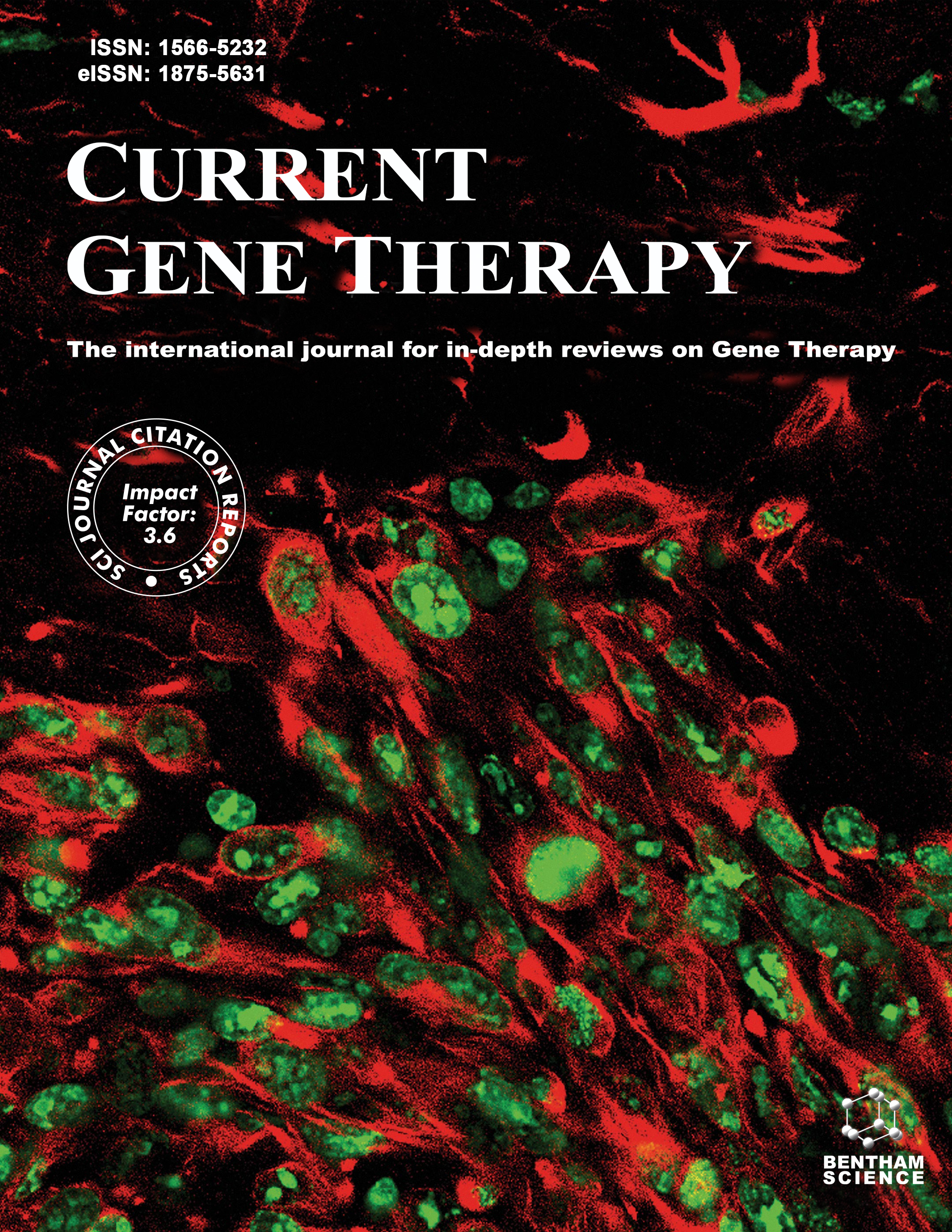-
oa Editorial [Hot Topic: Gene Therapy Approaches for Neuroregeneration (Guest Editor: Kirsten Haastert-Talini)]
- Source: Current Gene Therapy, Volume 11, Issue 2, Apr 2011, p. 74 - 74
-
- 01 Apr 2011
- Previous Article
- Table of Contents
- Next Article
Abstract
The better the understanding of cellular and molecular events involved in nervous system degeneration and regeneration became during the last decades, the more likely have gene therapy approaches become to improve nervous system regeneration and to find their position in clinical settings. Gene therapy based strategies for neuroregeneration mainly aim to provide target specific neurotrophic support to enhance viability of diseased or trauma-affected neurons [1, 2]. In addition to support of neuronal survival, axonal regeneration across long distances and re-establishment of functional circuits are needed for successful repair of peripheral and central nervous system deficits. Therefore not only the introduction of genes directly into the neuronal or glial target cells with the aim to support their survival and functionality but also the transplantation of genetically modified supportive cells have reached the level of clinical research [3, 4]. With this special issue we want to give insight in gene therapeutic approaches targeting the injured peripheral nervous system, the injured dorsal root entry zone and spinal cord as well as the inner retina. Four comprehensive reviews discuss current developments in biotechnology as well as the most promising strategies to include gene therapy into combinatory therapeutic treatments to restore peripheral as well as central nervous system functions. Furthermore, advantages as well as limitations, especially regarding the clinical application of gene therapy of the lesioned nervous system, are reviewed. Because use of viral vectors has been shown to be the most efficient way to introduce the expression of potentially therapeutic gene products into the nervous system, a special focus has been put on viral vector systems like adeno-associated and lentiviral vectors. The first contribution by Mason et al. discusses efforts to develop gene therapy as an adjunct strategy to promote peripheral nerve regeneration following neurosurgical repair which alone often cannot avoid a considerable degree of functional impairment. Viral-based gene transfer strategies are reviewed and analyzed regarding their potential to enforce the regeneration outcome and their clinical applicability. While Mason et al. mainly describe the introduction of neurotrophic support for neuroregeneration, the second review by Lavdas et al. gives insights on the promising genetic manipulation of cell adhesion molecules in the peripheral as well as central nervous system. Cell adhesion molecules are crucial players in axonal pathfinding and formation of functional circuits which makes them along with neurotrophic factors the most promising candidates to help long distance axonal regeneration and appropriate target reinnervation. Bo et al. provide up-to-date information on the in vivo, ex vivo and combinatorial gene delivery of a wide range of therapeutic molecules to overcome the non-permissive properties that are inhibiting axonal regeneration after spinal root and spinal cord injury. Thus the third review clearly demonstrates, how experimental gene transfer could pave way for the development of new therapeutic strategies. The mammalian visual system, in particular the eye and the optic nerve, are widely used for experimental studies to investigate the cellular and molecular mechanisms of central nervous system injury and repair. As a matter of course the current state of viral-based gene transfer techniques to target inner retinal neurons are provided by the fourth review from Hellstrom and Harvey. This review therefore covers another important and evolving field of gene therapy approaches in neuroregeneration that has so far received less attention than gene delivery to the outer retina for the treatment of deficits in photoreceptor and retinal epithelium function [5]. This special issue was set up to provide an overview on cutting-edge developments in gene transfer technology that will in the future hopefully enable successful regeneration within the different parts of the nervous system presented. It was a great pleasure to work with the authors and I highly appreciate the dedication and expert knowledge they contributed to this special issue.


